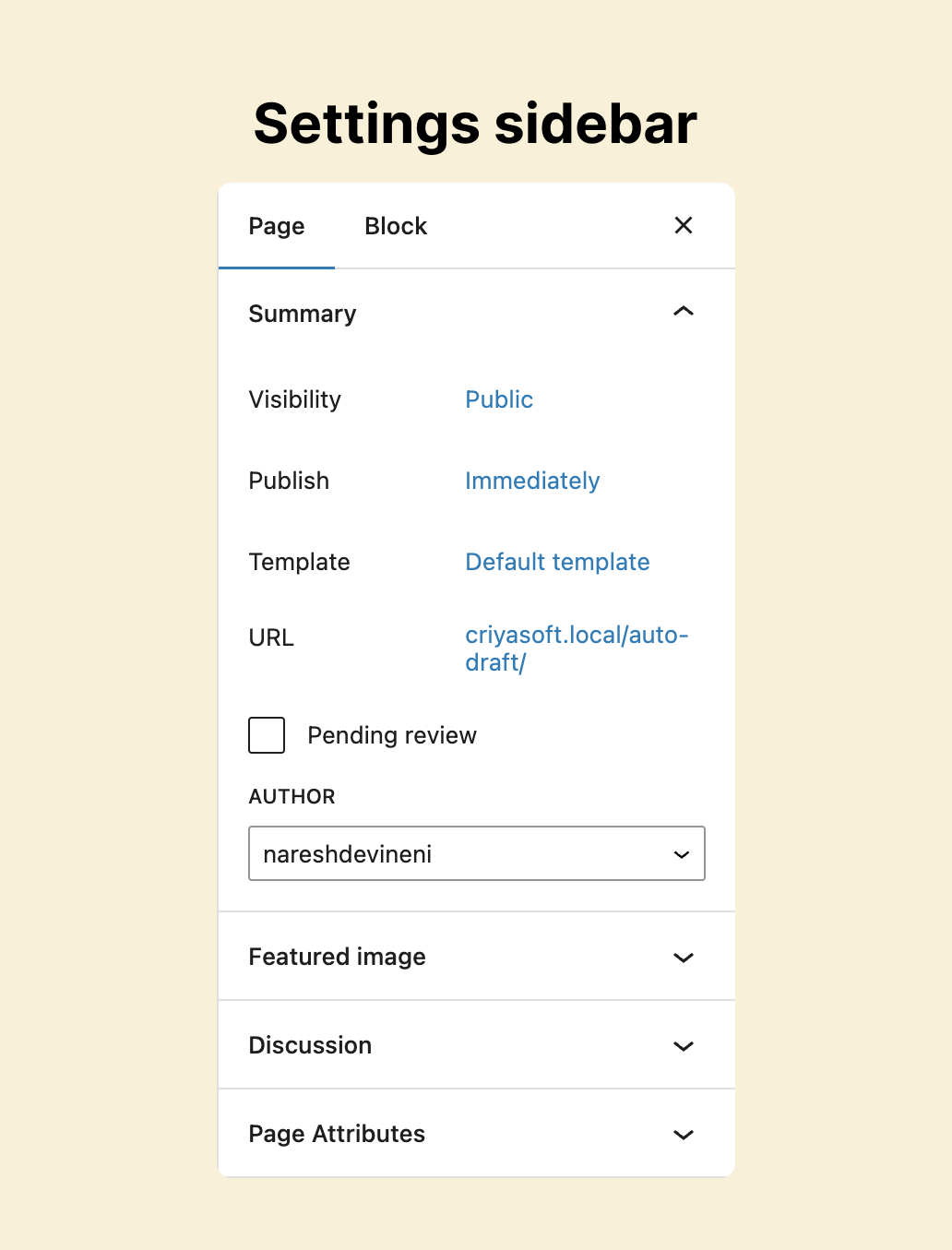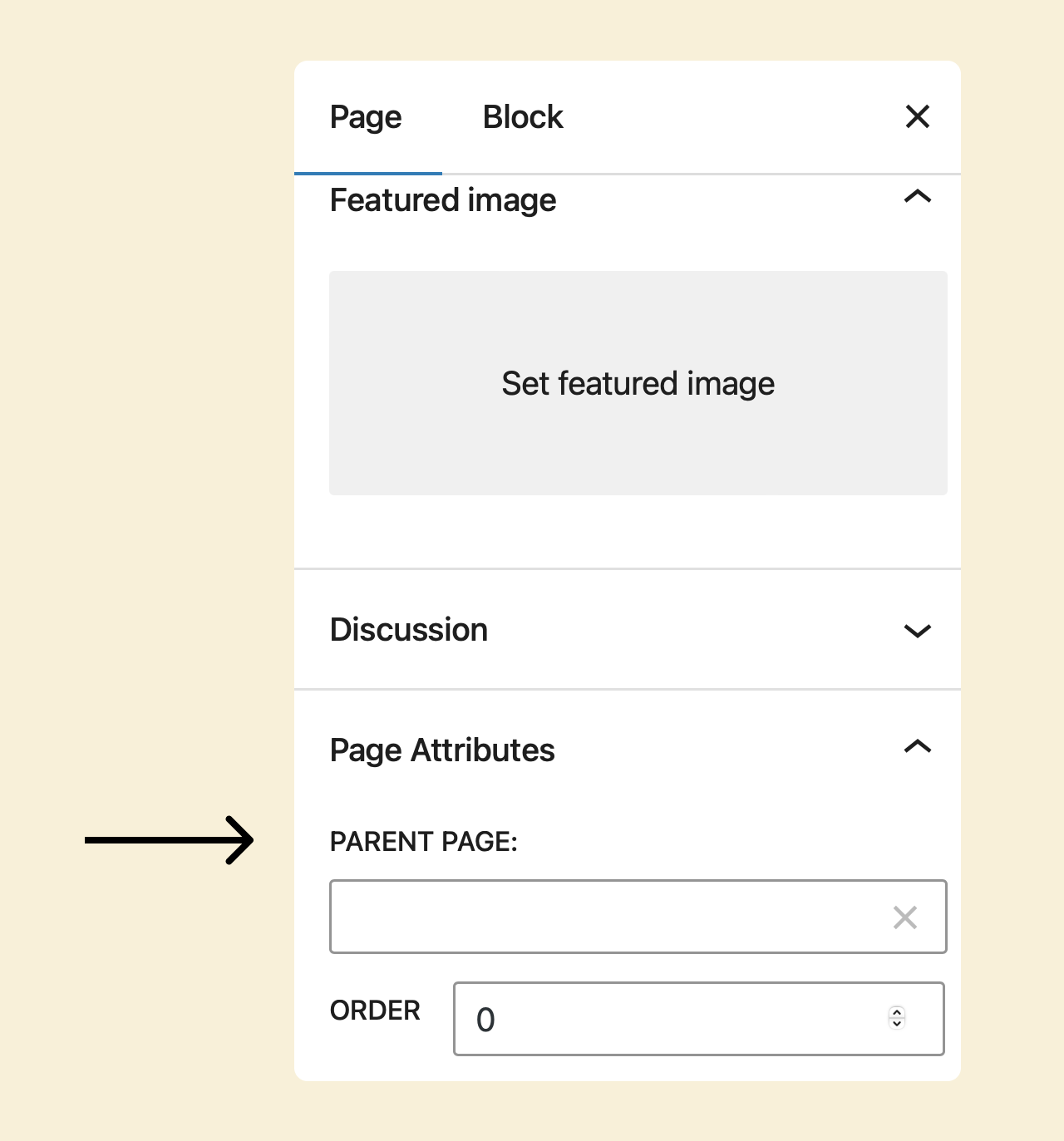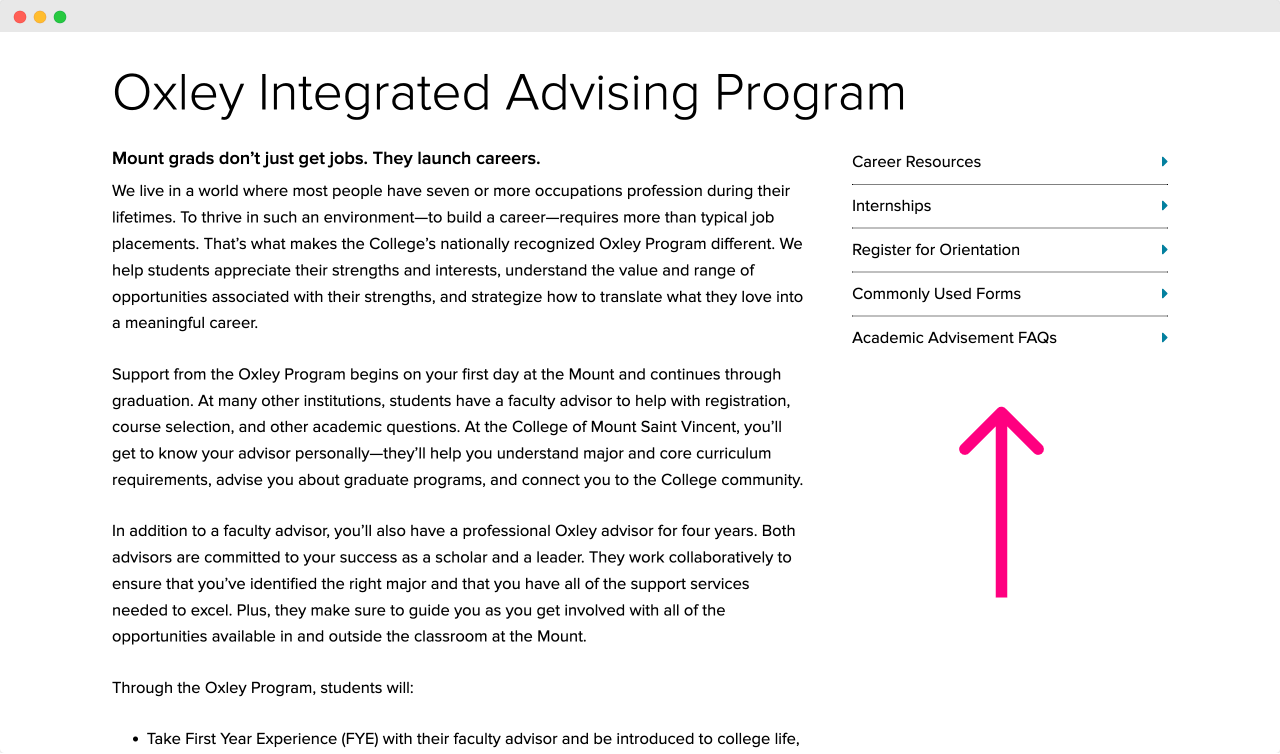Difference between the post editor and page editor

There are two differences between the post editor and the page editor.
1) Addition of the “Page Attributes” section to the “Settings” sidebar
The “Page Attributes” section will help us create parent-child relationships between the pages.

More on this in an upcoming lesson.
2) Removal of the following sections from the “Settings” sidebar:
- Comments
- Categories
- Tags
- Excerpt
- Author
These settings are missing because it doesn’t make sense for static pages to have them.
Let me elaborate.
Why are comments turned off for static pages?
A blog post can have user comments so website visitors can share their opinions.
But the user comments are turned off for a static page by default.
It is a standard that we don’t let people share their opinion on pages like About Us, Contact Us, Landing page, etc.
And the reasons behind it are simple:
- Conversion rate optimization: Static pages are typically designed with a specific goal, such as capturing leads or encouraging purchases. Including a commenting feature can introduce friction or distractions that reduce visitors’ likelihood of becoming customers.
- Spam and trolls: Opening up comments can attract spam, irrelevant content, or even malicious comments from trolls. Managing and moderating these comments can be time-consuming and may require dedicated resources.
- Negative impact on user experience: Comment sections can become breeding grounds for heated debates, arguments, or abusive language. This can create a negative environment for visitors and deter them from staying on your page or taking the desired action.
We don’t need any of that, do we?
Anyway, next…
Why categories and tags are turned off for pages
We might end up creating 100s of blog posts.
So, using categories and tags will help us organize those huge numbers of posts for a better user experience.
But for static pages, using categories and tags is overkill because most websites will have hardly ten static pages.
Having said that, we still need to organize pages, and this is where the “Parent Page” feature comes in.
More on this in an upcoming lesson!
The “Parent Page” feature is not available for blog posts.
A blog post can not have a child post.
Next…
Why does a page doesn’t need an excerpt?
On archive pages and the dynamic Homepage, we display at least ten blog posts with a good layout:

So, we use interesting excerpts to attract clicks to the individual articles.
But we don’t display pages with the above layout.
The pages of the website are usually accessed through:
1) The primary navigation menu

2) Sidebar Menu

Simply put, we don’t list pages like blog posts.
So, the “Excerpt” feature is irrelevant for pages.
That’s all.
I will put you through some small challenges starting from the next lesson.

 © 2025 UsableWP. A project by Naresh Devineni.
© 2025 UsableWP. A project by Naresh Devineni.